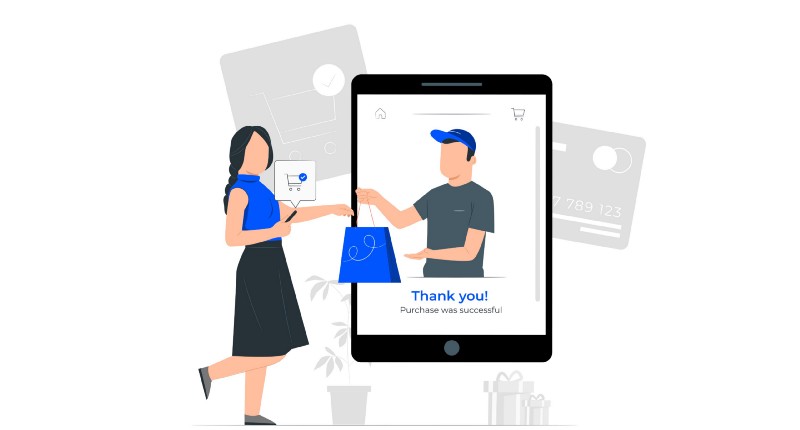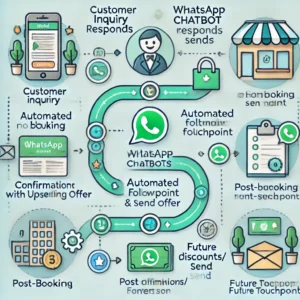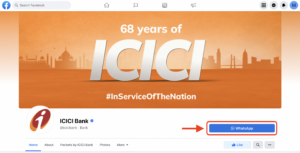Table of Contents
ToggleIn today’s post, we are gonna talk about Conversational Commerce.
The term Conversational Commerce was first coined by Chris Messina of Uber through his medium post in which he stated the same as —
Conversational commerce is about delivering convenience, personalization, and decision support while people are on the go, with only partial attention to spare.
Most brands online are opting for conversational commerce because now, they know the secret to succeed — which is, enhancing customer experience and providing above-the-mark customer support.
Conversational commerce is beneficial for both brands as well as consumers as brands can retain customers by providing a good experience and consumers can get on-the-go customer support with only partial attention to spare (as mentioned by Chris Messina) which is really an important factor in today’s busy life.
In this post, first, we will cover what is conversational commerce and why is it rising then a few benefits of it, and at last we will end it with a few stats about conversational commerce.
So without wasting any more time, let’s dig right into this post…
What Is Conversational Commerce?
Putting in the simplest terms, conversational commerce is a new form of e-commerce marketing.

It is the interaction between the brands and consumers through conversational means.
Conversational commerce enables brands to engage consumers through conversational platforms like messaging apps, chatbots, live chats, and voice assistants.
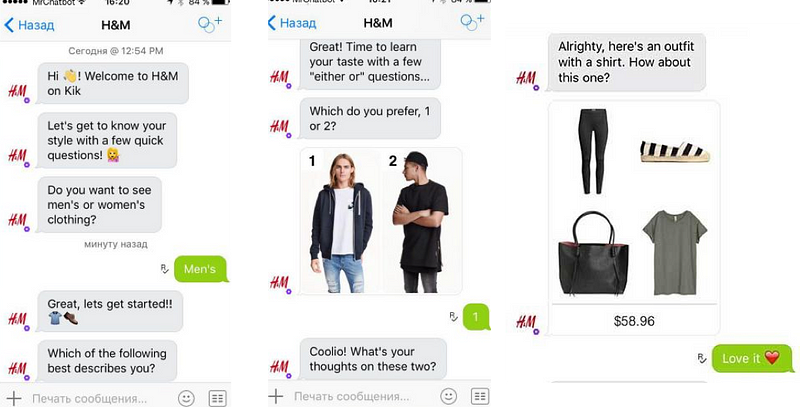
Meaning, consumers can ask questions, raise complaints, give feedback, check reviews, and even make a purchase all from messaging apps.
Through these conversational platforms, brands can enhance the customer experience by personalization, and based on the data and patterns stored in chatbots and messaging apps, brands can ensure to show their consumer what they’re looking for.
Just imagine, a customer lands on your online shoe store, and as soon as he starts looking around, your chatbot pop up with some options of sports shoes that he was looking for previously and some similar options as well.
It can literally enhance their experience and make them willing to make the purchase.
Messaging apps like Whatsapp, Facebook messenger, WeChat, etc. are the places where modern-day consumers spend their most time. So, it gives brands an advantage by engaging their customers without asking them to download apps or go to any other places.
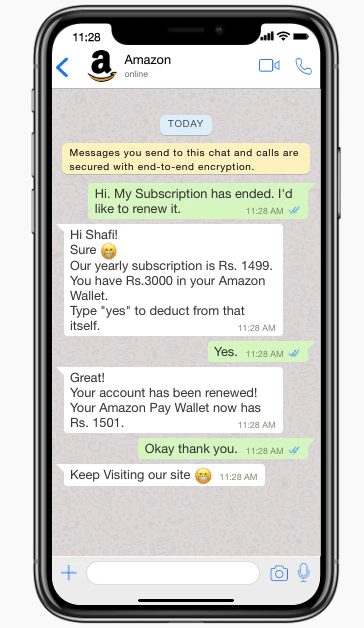
Whatsapp is the most used mobile messenger app with 2 billion active users followed by Facebook Messenger with 1.3 billion active users and the Chinese chat platform WeChat with 1.2 billion active users.
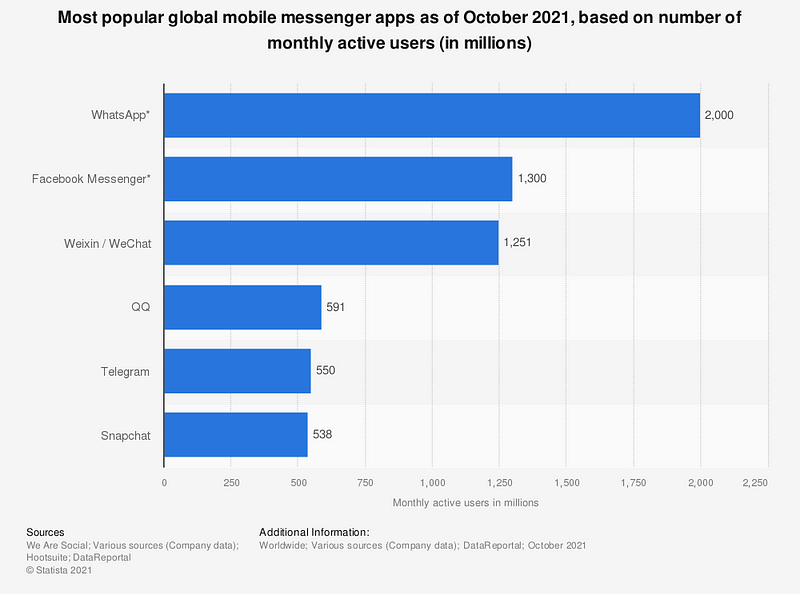
It clearly shows people like these messaging apps. And when you give them the power to interact with brands through these messaging apps, nothing can be better than that.
Google nest and Amazon echo are great examples of conversational commerce. Consumers can check their order status, delivery status, and even make a purchase just by giving the voice command. This is the experience that today’s buyer is looking for in this throat-cutting competitive market.
Why Conversational Commerce Is Rising?
Corporate leaders strongly believe that conversational support is the next-gen support that customer expects in today’s time.
Why?
Because conversational commerce ensures a better customer experience and exceptional support.
Pricing and quality are surely decision-making factors but ensuring on-the-go hassle-free support is much more important for brands in order to satisfy the modern customer.
Conversational support doesn’t mean only human-powered support.
It’s a mixture of human agent support, bot support, and sometimes a mix of both.
AI chatbots are capable enough to deliver personalized and enhanced customer support and also guide customers through their purchase journey at every single step.
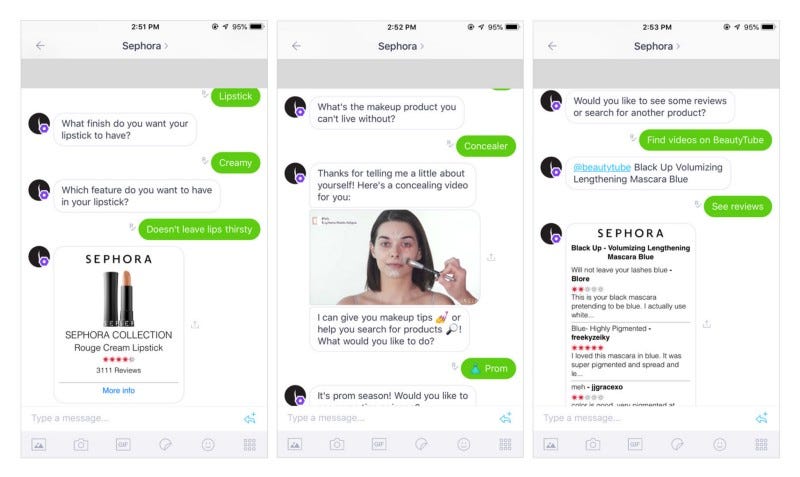
This is what today’s buyers expect — smooth and lightning-fast support where they don’t have to download any app, call customer support executives, wait for replies, and log in to different accounts just to check order status or delivery time or anything like that.
And when combined with social media platforms like WhatsApp or Facebook Messenger, it can do wonders.
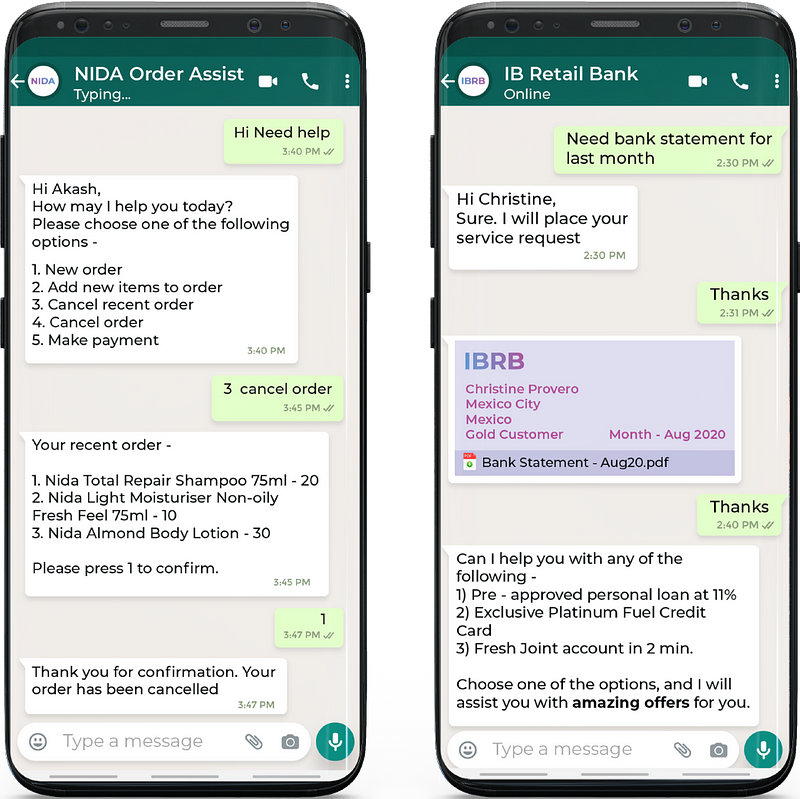
Almost every single person is on social media and using the internet for searching for all kinds of things.
According to a study, “an average person spends 7 hours on the internet and more than 2 hours 20 minutes on social media per day”.
You can imagine, what can be done when you can offer your products directly through such social media platforms, where your potential customer is already spending his time.
This is the main reason why conversational commerce is rising.
5 Benefits Of Conversational Commerce For Brands
1. Upselling & Cross-Selling
Amazon has reported that upselling and cross-selling attributes as much as 35% of their revenue.
“Frequently Bought Together” and “Customers Who Bought This Item Also Bought” sections on Amazon are the best examples of upselling and cross-selling.

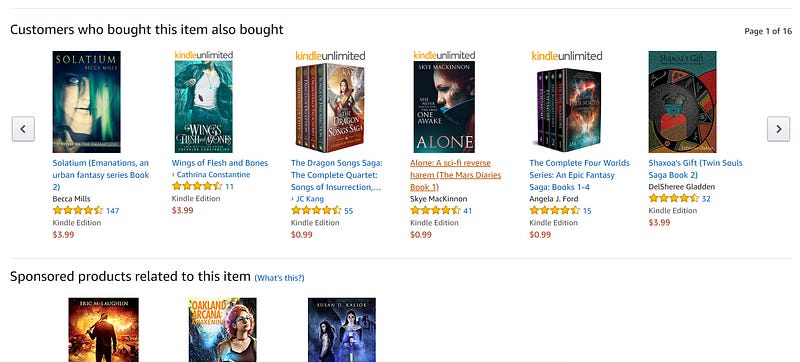
Upselling is recommending a superior or a better (also expensive) version of a product that a buyer is already using or looking to buy.
On the other hand, Cross-Selling is a strategy to sell a product related to one a buyer already owns or intended to buy.
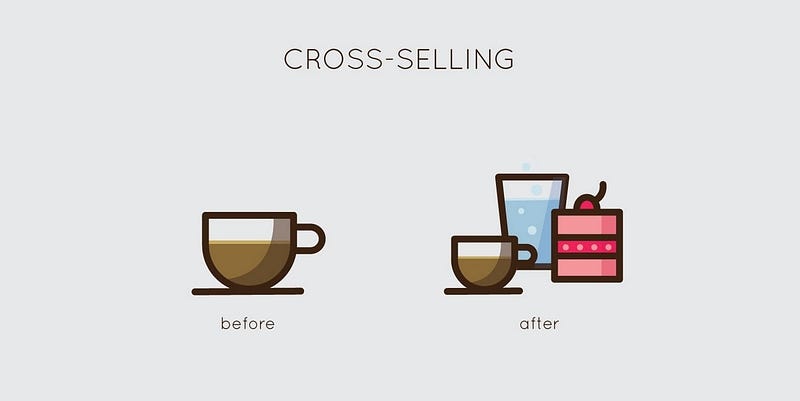
Creating a solid upselling and cross-selling strategy is very important for an e-commerce business. It boosts the conversion rate and generates more revenue.
Many big companies are relying on Conversational bots for their upselling, cross-selling, and product recommendation strategies.
Chatbots are much better at upselling and cross-selling. They collect data of every visitor who lands on your website. And based on the preferences and behavior of the customers, they can show personalized recommendations.
Imagine, a customer comes to your e-commerce website and your chatbot just popped up with sneaker shoes followed by a welcome message.
Your customer came on your website intending to buy sneaker shoes and without him searching for the same, your chatbot just showed him the best sneaker shoes.
And not just this, your chatbot also recommends sports shoes at some discount.
This kind of experience is what brings a customer back to your website.
2. Remind Buyers About Abandoned Cart
The average cart abandonment rate across all industries is 69.57%.
Shopping cart abandonment is the biggest enemy of online brand owners.
If you run an online store, then you must be familiar with this pain.
It is tough to move a buyer through your sales funnel. You run marketing campaigns, give offers, and discounts, and a lot of effort just to lose them at the last stage due to some silly reasons like re-entering personal details.
55% of buyers abandon carts if they have to re-enter their credit card or shipping information.
It is just frustrating.
E-commerce brands lose $18 billion in sales revenue each year because of cart abandonment.
This is huge.
Using retargeted ads can send 26% of buyers back to your site.
Conversational commerce can help your website to a great extent.
You can remind your buyers about their abandoned carts through conversational platforms. It also cut down the complications due to which your buyer abandoned the cart in the first place.

As we mentioned earlier, chatbots and messaging apps store the data of your customers. Chatbots auto-fills all the required details so that your customer doesn’t have to enter their details every time they are making any transaction.
Every time there is some discount or offers on products in the cart of your customers, your chatbot can send them notifications directly to their messenger and let them know that this is the right time to buy.
It also reminds customers about sale days so that they can buy the products in their cart without any delay.
And not just reminding, your chatbot stays with your buyer till the very end and makes the entire process hassle-free.
3. Increase Customer Retention Rate
Engaging your customers through conversational means increases the retention rate of buyers and new visitors who land on your website to a great extent.
In e-commerce, retaining the existing buyers is equally important as bringing new customers. Even, existing buyers are more important.
It’s estimated by Harvard Business Review that it is anywhere from five to twenty five times more expensive to acquire a new customer than it is to retain an existing one.
Conversational platforms are great tools to increase customer retention rates by engaging them regarding their complaints, returns, feedback, reviews, etc. because they don’t have to visit your website again and again if they want to exchange the product or raise the refund. They can do that simply by their Whatsapp.
It leaves the customers with more satisfaction, gratitude, and clarity which means a conversational chatbot has the ability to convert the first-time visitor into a permanent buyer.
4. Better Customer Support
A chatbot is your smart agent that never sleeps. Even when you need to take a break. Your chatbot is always there for your customers.
You can design your conversational chatbot in a way to solve all the simple queries of customers.

But what about some complex questions?
Today, ai chatbots are much smarter and more capable to learn. In simple words, you can train your chatbot to answer not just simple or common questions but also some other complex or uncommon queries of customers.
And if your chatbot still can’t understand the query, it can redirect your customers to your human agents to solve their queries.
Ultimately, your customer will leave with no doubt. Which tends to increase the chances of him coming back to your online store and recommending it to others as well.
5. Add Qualified Prospects Into Your Pipeline
Conversational chatbots add qualified prospects into your pipeline. These prospects are the actual buyers who shop online regularly. But how can a chatbot do this?
First, let me ask you one thing — how many visitors are entering your sales funnel from the total number of visitors who land on your website? or how many converting? or how many adding some products to their cart?
I’m sure the number is not so great. This is because your sales team is unable to entertain every visitor to your site.
This is where a chatbot has an upper hand. A conversational chatbot has the ability to entertain every single visitor who lands on your e-commerce website.
— If this is a first-time visitor, a chatbot can show him offers, trending products, ask for preference and show the products based on that.

— If this is a regular buyer, a chatbot can recommend products based on his recent searches and transactions.
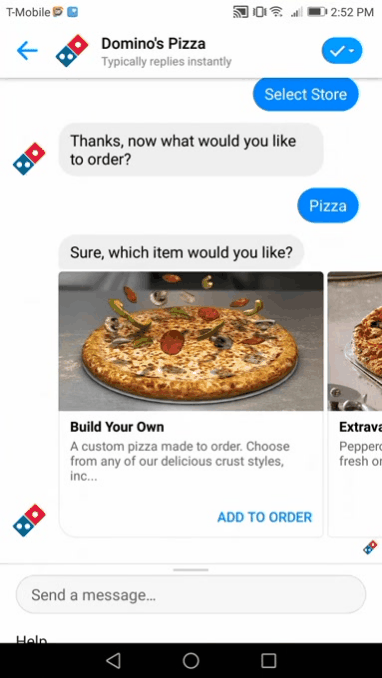
Chatbot helps your marketing team by collecting your visitor’s data like contact, email, behavior, demographic, preferences, etc., and letting them enter your sales funnel.
Few Stats About Conversational Commerce —
- 95.2% of internet users use chat or messaging platforms.
- A third of the United States’ total population uses voice search regularly.
- 52% use voice assistants to search for products/services.
- Live chat can improve your conversion rate by up to 82% — even one reply increases conversion likelihood by 50%.
- 91% of consumers globally want real-time assistance.
- In the US alone, the percentage of customers who have daily interactions with AI has increased by almost 40% between 2018 and 2020.
- Total spending over conversational commerce channels worldwide is expected to reach 290 billion dollars in 2025 from 41 billion dollars in 2021.
So, in closing, I would say that in not so very far future we will witness the usage of NLP-powered chatbots and messaging apps everywhere across the industries.
Conversational commerce is the future and we can back this up by looking at major brands that have already shifted towards it and making the most out of it.
Let me know in the comment section below if you want to learn more about conversational commerce or conversational platforms.
Cheers!
About the author
Abhilash is a sales powerhouse at BigRadar. He works closely with marketing and sales geeks. Contributes to BigRadar Blog when he is excited about something 🙂
- Abhilash Bhatiahttps://bigradar.io/blog/author/abhilash/
- Abhilash Bhatiahttps://bigradar.io/blog/author/abhilash/
- Abhilash Bhatiahttps://bigradar.io/blog/author/abhilash/
- Abhilash Bhatiahttps://bigradar.io/blog/author/abhilash/
